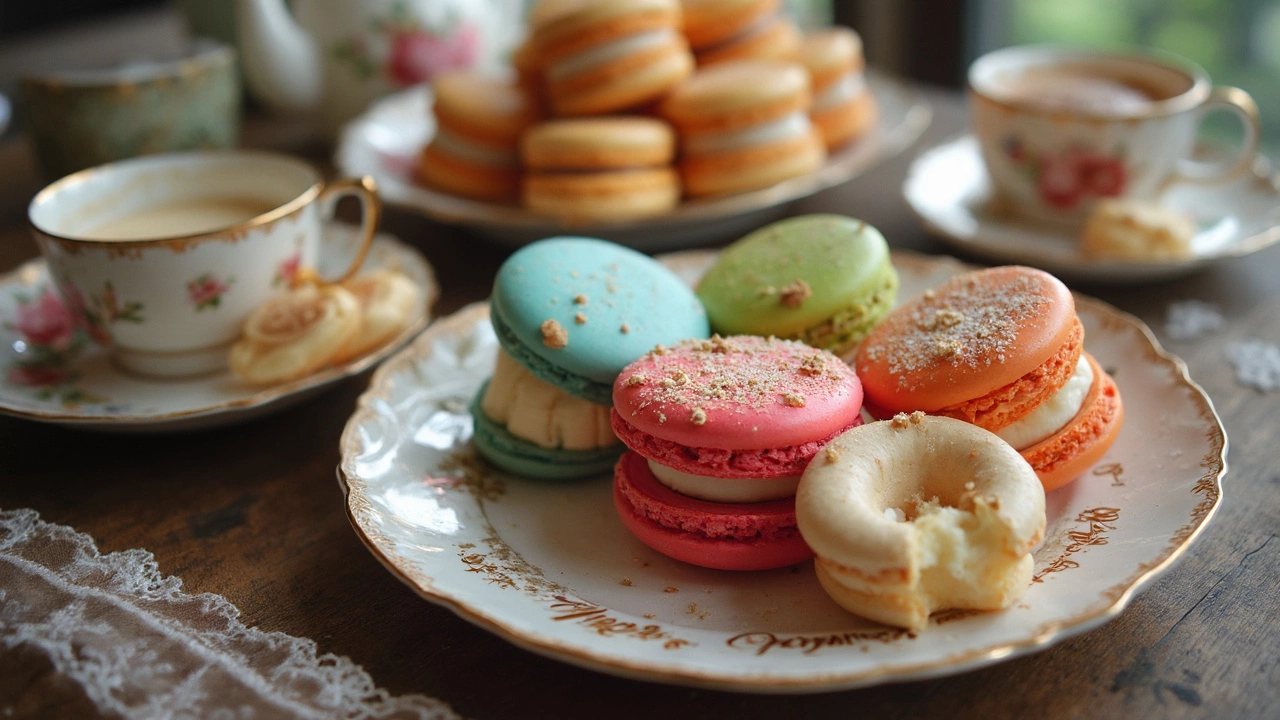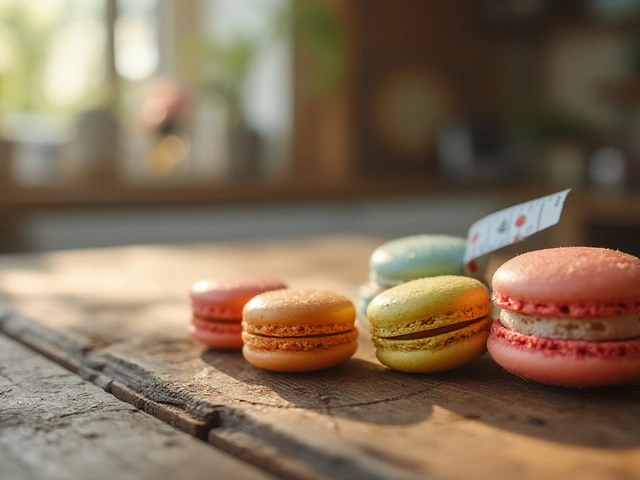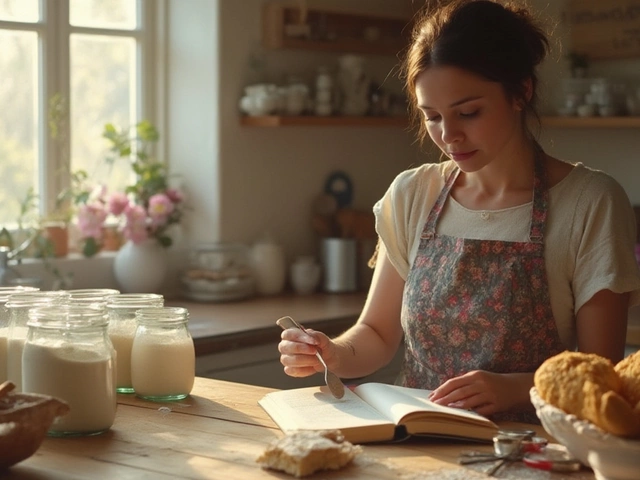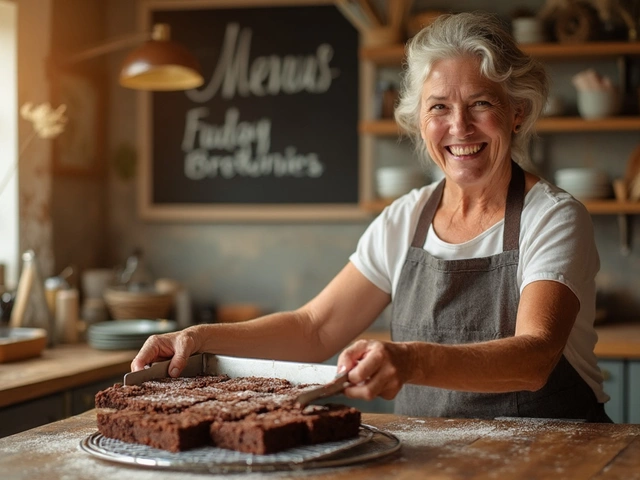Master Baking Texture: Simple Tricks for Perfect Crumb, Chew, and Crunch
Ever bite into a brownie that’s either rock‑hard or too mushy and wonder what went wrong? Texture is the secret that turns a good bake into a great one. Luckily, you don’t need a chemistry degree to nail the right feel. Below are everyday tips you can start using today for brownies, cookies, cakes and even delicate macarons.
Brownies: Fudgy vs. Cakey – Choose Your Side
If you love a dense, gooey bite, go for a fudgy brownie. The trick is to use more butter and chocolate, less flour, and keep the batter thick. Melt the chocolate slowly, let it cool a bit before folding in the eggs, and you’ll keep the batter from getting too fluffy.
Prefer a light, cake‑like crumb? Up the flour amount by about a quarter and add a little extra baking powder. Whisk the dry ingredients well so the leavening spreads evenly. Also, beat the eggs and sugar until they’re pale and fluffy; that traps air for a softer rise.
One common mistake is over‑mixing after adding the flour. Stop as soon as you see no streaks – the gluten will stay relaxed and the texture stays tender. Finally, bake at the right temperature: 350°F (175°C) for 20‑25 minutes gives a firm edge and a soft center.
Cookies: Soft, Chewy, or Crunchy – It’s All About Sugar and Fat
Want a cookie that stays soft for days? Use more brown sugar and a bit of honey or corn syrup. Those moist sugars hold water, keeping the crumb pliable. Swap half the butter for shortening – it melts slower, giving a tender interior.For a satisfyingly chewy bite, combine both white and brown sugar, chill the dough for at least an hour, and bake a minute or two less than the recipe says. The chill firms the fat, so the cookie spreads less and stays moist.
Craving a crunchy snap? Increase the white sugar ratio, use melted butter, and bake a little longer at a slightly higher heat (375°F/190°C). The sugar caramelizes, and the butter creates a crisp surface.
Macarons and Cakes: Fine‑Tuned Bite for Fancy Desserts
Macarons are all about that delicate, slightly crisp shell and a soft, chewy inside. Beat the egg whites to stiff peaks, then add a pinch of cream of tartar – it stabilizes the foam. When folding in the almond flour and powdered sugar, use a gentle “ribbon” motion; the batter should flow slowly off the spatula.
If the shells crack, you probably over‑mixed or the oven temperature is off. Aim for a low, steady heat (300°F/150°C) and let the shells rest 30‑60 minutes before baking – this forms a skin that prevents cracks.
For cake crumb, the key is the right balance of liquid and dry. Too much liquid makes a soggy crumb; too little makes it dry. Use buttermilk or yogurt for extra tenderness, and don’t over‑beat the batter after adding the flour.
Across all these treats, the main rule is: treat each ingredient as a texture tool. Butter for richness, sugar for moisture, flour for structure, and heat for setting. Adjust one thing at a time, note the results, and you’ll quickly develop an intuition for the perfect bite.
So next time you pull a tray from the oven, think about the texture you wanted, not just the flavor. With these simple tweaks, you’ll be creating brownies, cookies, cakes and macarons that feel as good as they taste.





